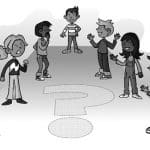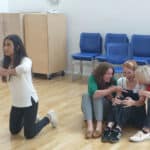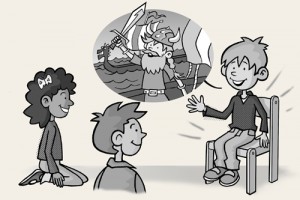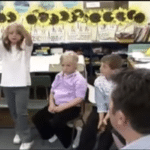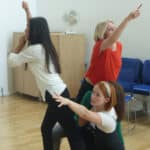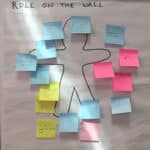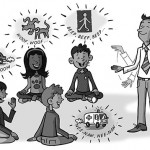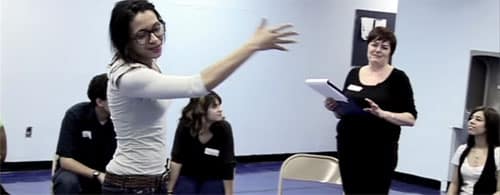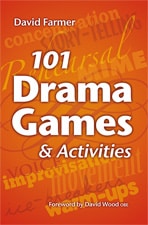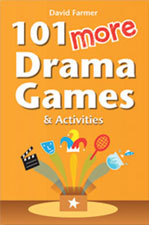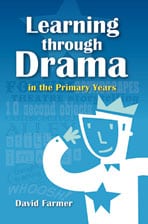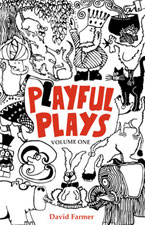Developing Freeze Frames
Freeze frames are quick to create and can be used as stepping stones to more sophisticated drama activities and performances. This video shows a group of teachers on a course with David Farmer, developing a movement/dance piece from a sequence of three freeze frames about WW2 evacuees. It also shows how we used dance/movement to explore science themes.
Freeze frames can easily be used across the curriculum:
- Fairy tale tableaux are a good place to start – ask small groups to choose a fairy tale and create three still images (beginning, middle and end)
- Improve students’ vocabulary skills by asking them to illustrate a word or phrase in a story using a freeze frame
- Fun can be had making Ten Second Objects that turn from one thing into something else – for example Cinderella’s pumpkin turns into a coach, mice into horses, a rat into a coachman, and lizards into footmen
- In Science, groups can develop a series of images showing the process of metamorphosis (e.g. caterpillar to butterfly or frogspawn to frog).
- Explore a work of art or documentary photograph by bringing it to life as a 3D Living Picture
- This drama lesson on refugees makes use of freeze frames to explore a real-life story
- For more advanced use of freeze frames with teen/adult students, take a look at this interesting analysis of a scene from Goodfella’s (R-Rating).
Read next:
Browse all the Drama Strategies!

The Inspiring Drama Teacher

Creativity with Young Learners, 5-16 August 2024
101 Drama Games and Activities
'Belongs amongst the top 10 books any director or drama teacher should own.' - English Touring Opera
101 MORE Drama Games and Activities
'This book cheered me up. Buy it and smile. There will be a lot of laughter in your classroom.' - Drama Magazine.
Learning Through Drama in the Primary Years
'Full of easily accessible advice... clear explanations and inventive suggestions.' - National Drama Magazine.
Playful Plays
'David Farmer has hit gold with Playful Plays... an off-the-shelf, ready-to-go, high-quality rehearsal process ideal for primary-aged students' - Drama Magazine.
Drop of a Hat
‘A flexible, varied book filled with engaging drama activities’ – Drama and Theatre magazine. Lesson plans to bring the curriculum to life through drama and creativity.



